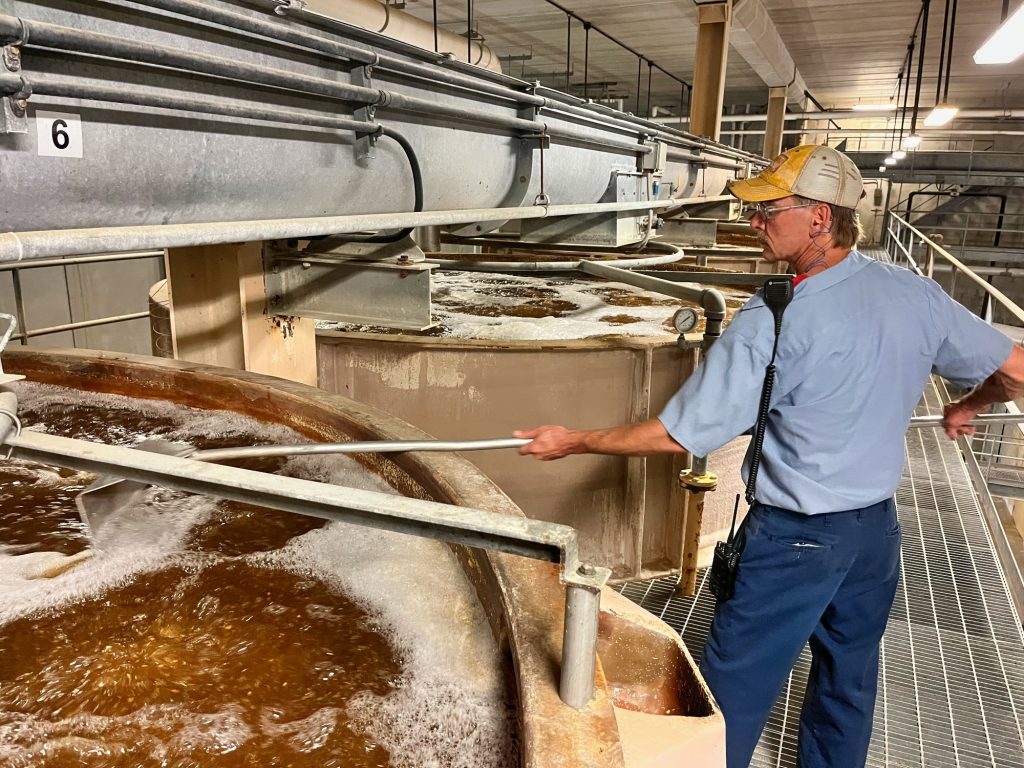Sustainability and Community
Through five generations of family ownership, Briess has been built upon a foundation of responsibility and integrity. An essential part of that is caring for the environment, because it’s in the long-term interest of the company and the communities where we operate to care for the land that produces natural raw materials that are converted into finished ingredients.
Briess operates the business based on three pillars that have been established in our Environmental Mission Statement:
- Briess respects the environment and makes a conscious effort to minimize the environmental impact associated with our operations.
- We continuously seek improvements and foster partnerships that make more efficient use of natural resources to reduce pollution, emissions, and waste.
- We are dedicated to maintaining a healthy balance between environmental stewardship and economic stability for the well being of our community as a sustainable business.

Briess’ sustainability journey began in 2006 with our innovative Green With Briess™ program. Several years later in 2013, Briess established relationships with 300 experienced barley growers in the Bighorn Basin of Wyoming and Montana. That partnership connected Briess’ operations in Wisconsin to raw material supply by rail, which saved more than one million truck miles per year (which equals 154,000 gallons of diesel fuel at 6.5 MPG). That efficient supply chain evolved into Briess’ comprehensive Seed to Specialty™ sustainability program in 2017, with a focus on continuing to identify opportunities to reduce environmental impact.

As we look ahead to a sustainable future, Briess is focused on continuous progress that aligns with our Environmental Mission Statement. Resources are being invested to generate improvements in key areas such as reduced water usage, lower power consumption, minimizing waste, and supply chain efficiency. Briess’ Sustainability Working Group is constantly working to implement new equipment, technology, and processes, and to track environmental progress.

Briess team members are also engaged in the communities where we live and work. Team members are supported and encouraged to reach their full potential, professionally and personally. This includes volunteering with Habitat for Humanity, Lakeshore Humane Society, Peter’s Food Pantry, Hope House for women and children, and other organizations.

